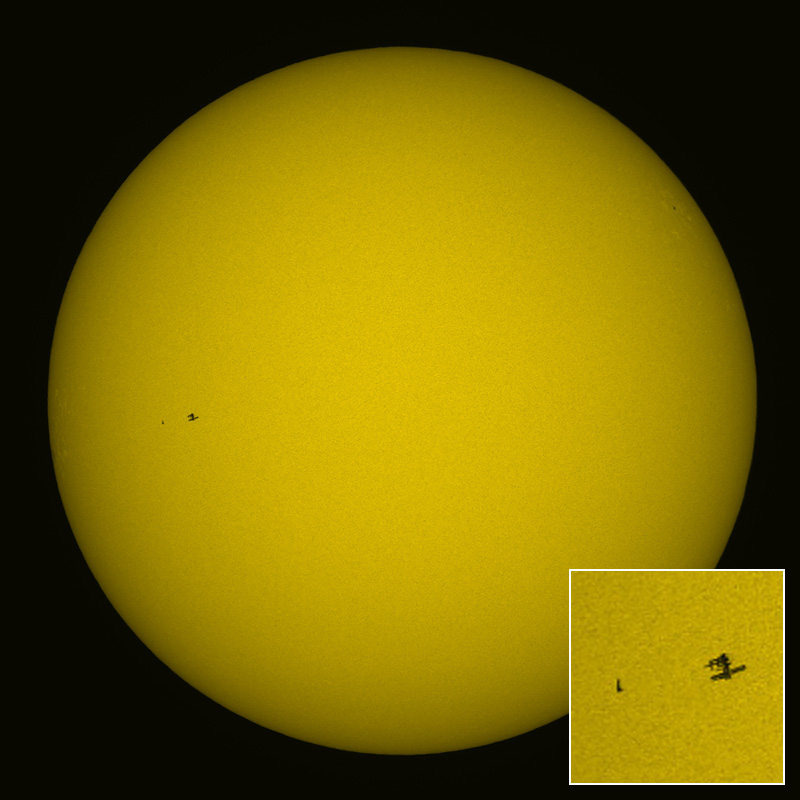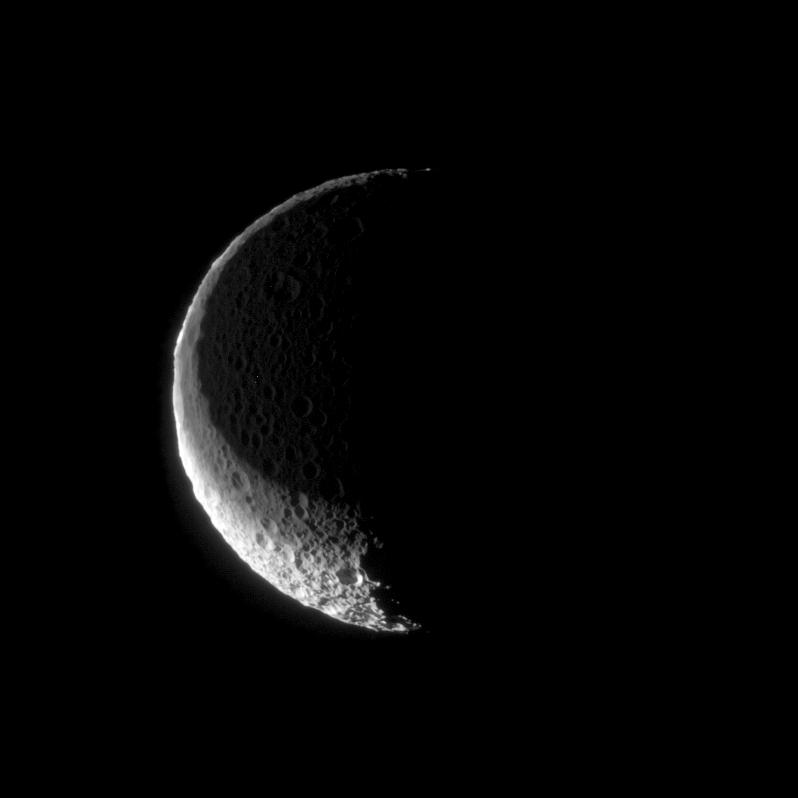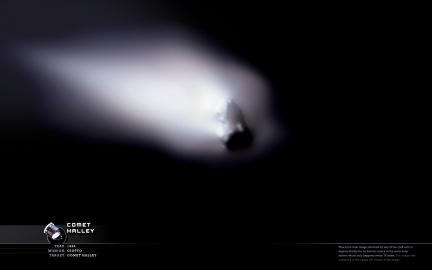Is There Water on the Moon?
 I was away in California for a wedding and my fellow designerds at The Chopping Block made this funny little site (seen above) so people can make the announcement to their friends… or if anyone forgets and needs to be reminded. If you want to be more scholarly about this, the official NASA announcement is here.
I was away in California for a wedding and my fellow designerds at The Chopping Block made this funny little site (seen above) so people can make the announcement to their friends… or if anyone forgets and needs to be reminded. If you want to be more scholarly about this, the official NASA announcement is here.
What makes the discovery more exciting is that the process by which the water exists on our moon means that it likely also exists on other similarly dry bodies like Mercury and the countless asteroids in the Asteroid Belt between Mars and Jupiter.
Jupiter Slammed Again
 Barely 15 years after Comet Shoemaker-Levy slammed into Jupiter, another large object hit Jupiter this month when nobody was looking. This image was taken 4 days after the event and displays an Earth-sized scar in the upper atmosphere of the planet. The object that did the slamming is estimated to have been about the size of several football fields. This should be a fairly rare event, although twice in 15 years is literally a blip on a celestial time scale.
Barely 15 years after Comet Shoemaker-Levy slammed into Jupiter, another large object hit Jupiter this month when nobody was looking. This image was taken 4 days after the event and displays an Earth-sized scar in the upper atmosphere of the planet. The object that did the slamming is estimated to have been about the size of several football fields. This should be a fairly rare event, although twice in 15 years is literally a blip on a celestial time scale.
Echos of Apollo Online
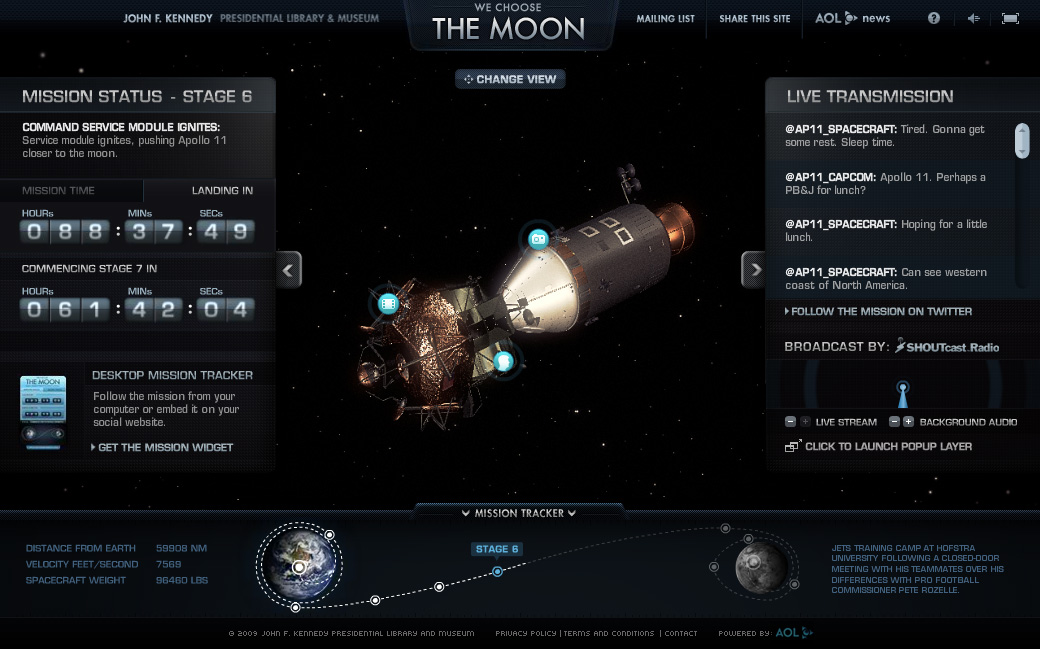 Follow the Apollo 11 mission in real time at wechosethemoon.org for the 40th anniversary of Apollo 11. The site comes complete with a gorgeous mission animation that shows the viewer what stage the mission is in as the data loads in the background. Once the page opens up we are treated to various interactive modules like photo and video galleries featuring material from the current stage of the mission as well as an oddly placed JFK and Apollo gallery.
Follow the Apollo 11 mission in real time at wechosethemoon.org for the 40th anniversary of Apollo 11. The site comes complete with a gorgeous mission animation that shows the viewer what stage the mission is in as the data loads in the background. Once the page opens up we are treated to various interactive modules like photo and video galleries featuring material from the current stage of the mission as well as an oddly placed JFK and Apollo gallery.
The best part is the real-time audio stream. As I am writing this, the astronauts are asleep and every 15 minutes mission control interrupts the static to essentially report how long they have been asleep and that the mission is progressing nominally. As boring as that is… it sure makes it real and takes those too young to have been a part of it as close to knowing how that might have felt to follow this historic event. Of course, the whole thing peaks on the 20th with the real-time streaming of touch down at Tranquility Base.
Also see NASA’s newly restored footage of Apollo 11 and Neil Armstrong’s magnificent first step.
Lunar Reconnaissance Orbiter Launch
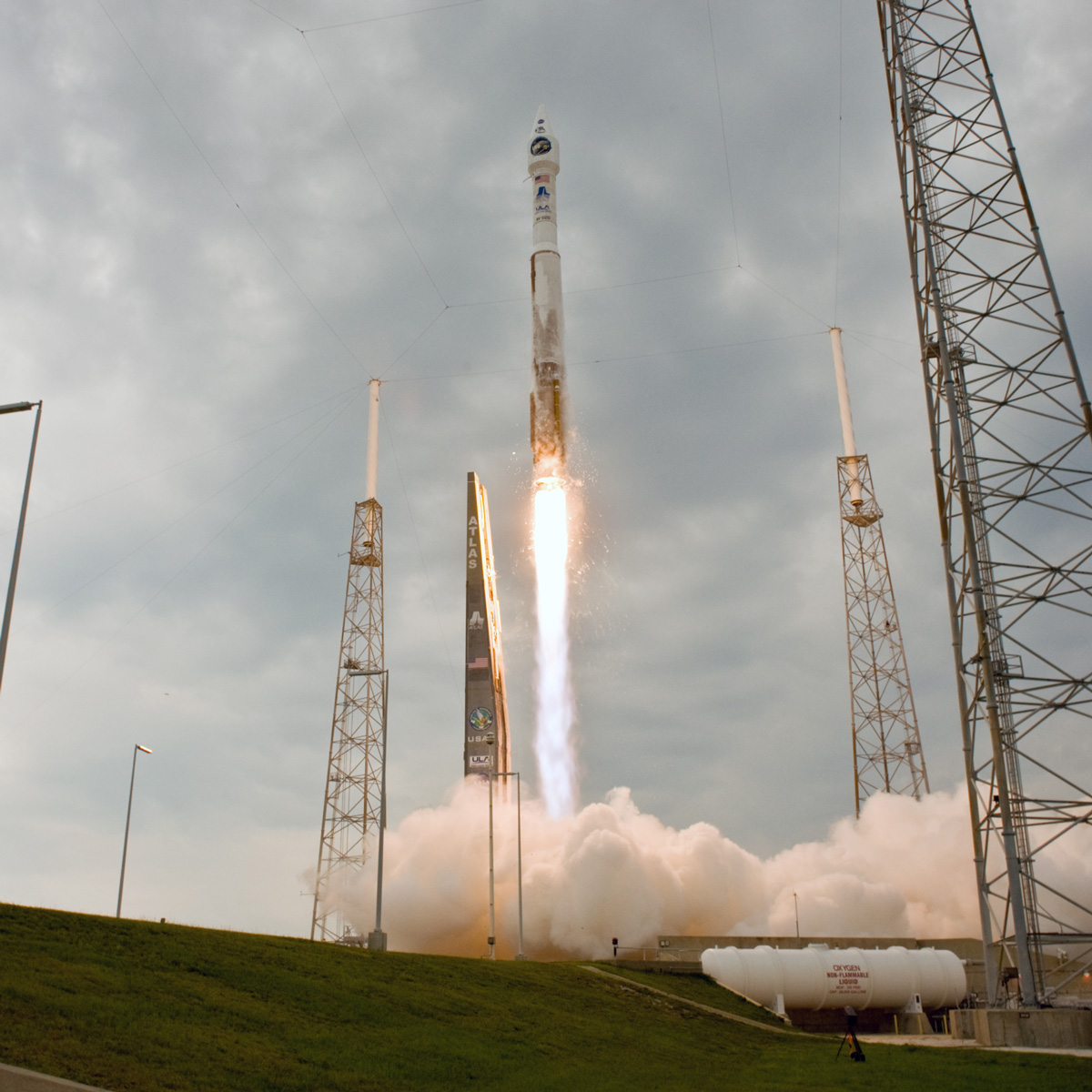 Lunar Reconnaissance Orbiter is up and out. Its mission is similar to that of the Surveyor missions of the early 60's. You wouldn’t think we would be needing to do this again, but it is looking for safe places for future manned missions to land. The exciting part is that it will also be seeking out any potential for much needed resources like water trapped in permanently shaded areas in the polar regions. Not having to pack your water bottles for a long Lunar mission would be a big plus.
Lunar Reconnaissance Orbiter is up and out. Its mission is similar to that of the Surveyor missions of the early 60's. You wouldn’t think we would be needing to do this again, but it is looking for safe places for future manned missions to land. The exciting part is that it will also be seeking out any potential for much needed resources like water trapped in permanently shaded areas in the polar regions. Not having to pack your water bottles for a long Lunar mission would be a big plus.
The best part is that LRO will observe LCROSS smash into the moon and make a big mess in October.
Apollo 11 Owners Manual
 If happen to come to own one of these bad boys from the late 60’s early 70’s you are going to need this owners manual. The original owners of these models rarely have this on-hand. If you are in the market, beware of any models from the 13 line since that model had a well-known faulty oxygen tank that is likely to scrub any potential trips to the Lunar surface you may have planned. Get it from Haynes online.
If happen to come to own one of these bad boys from the late 60’s early 70’s you are going to need this owners manual. The original owners of these models rarely have this on-hand. If you are in the market, beware of any models from the 13 line since that model had a well-known faulty oxygen tank that is likely to scrub any potential trips to the Lunar surface you may have planned. Get it from Haynes online.
Wow. Best Image of Hubble (The Telescope) Ever.
 Having successfully repaired/upgraded the Hubble Space Telescope in what was easily the most complicated in-space repair mission in history, the Shuttle and Hubble depart the company of one another.
Having successfully repaired/upgraded the Hubble Space Telescope in what was easily the most complicated in-space repair mission in history, the Shuttle and Hubble depart the company of one another.
Taken from NASA image caption: An STS-125 crew member aboard the Space Shuttle Atlantis captured this still image of the Hubble Space Telescope as the two spacecraft begin their relative separation on May 19, after having been linked together for the better part of a week. During the week five spacewalks were performed to complete the final servicing mission for the orbital observatory.
Shuttle and the Sun

 This image taken by Thierry Legault has been making the rounds lately. That bit of a speck seen on the Sun’s lower-right limb is the shuttle on the way to perform it’s current Hubble repair mission. The spacecraft itself can be seen in much greater detail at left and another image of The Shuttle with The Hubble Space Telescope nearby can also be seen on Thierry’s website here.
This image taken by Thierry Legault has been making the rounds lately. That bit of a speck seen on the Sun’s lower-right limb is the shuttle on the way to perform it’s current Hubble repair mission. The spacecraft itself can be seen in much greater detail at left and another image of The Shuttle with The Hubble Space Telescope nearby can also be seen on Thierry’s website here.
A quick google search of Thierry’s name reveals that he has been at this sort of thing before. Seen below is the Shuttle and The International Space Station as seen against The Sun in 2006. These transits happen in less than a second to a ground observer, so capturing this fleeting event is no easy task.
Search for Earth Sized Planets: Begin
 Its not that we haven’t been trying, but for all our effort… the best we have found lurking among the stars comparable to our home is a planet at about 5x Earth sizes. When you consider the advances and methods of detection, one can almost assume that Earth-like extra planet discoveries will be made from ground-based observations very soon. With this week’s successful Kepler launch, the assumption may be that (if they are out there) we might be talking about finding many Earth-like planets beyond our Solar System fairly soon. Hopefully, the job of finding extra-solar planets is about to get really interesting.
Its not that we haven’t been trying, but for all our effort… the best we have found lurking among the stars comparable to our home is a planet at about 5x Earth sizes. When you consider the advances and methods of detection, one can almost assume that Earth-like extra planet discoveries will be made from ground-based observations very soon. With this week’s successful Kepler launch, the assumption may be that (if they are out there) we might be talking about finding many Earth-like planets beyond our Solar System fairly soon. Hopefully, the job of finding extra-solar planets is about to get really interesting.
Click the image for a hi-res to see the banner on the side (or here). I like how home-made it seems, “Search for Earth Sized Planets”. Makes it almost seem like a boy-scouts rocket project.
Obama From Space
 Wondering how I could angle today’s marvelous events into a space imagery blog? Wonder no more. Incredible image from GeoEye today. It might sound trite to say how the people almost look like ants… but really. They look like ants!
Wondering how I could angle today’s marvelous events into a space imagery blog? Wonder no more. Incredible image from GeoEye today. It might sound trite to say how the people almost look like ants… but really. They look like ants!
Peace on Earth and Goodwill Toward Men
 Almost exactly 50 years ago, America was playing catch up with the Soviet Union and their multiple successes with the Sputnik series of spacecraft. President Eisenhower feared the Soviets would receive any use of military rockets to deliver spacecraft as a threat to their national security and not as a means to achieve our own scientific goals. For this reason, America’s early attempts to put a satellite in orbit were all failures and eventually placed the US in the embarrassing position of having no success in space vs. the Soviet’s many.
Almost exactly 50 years ago, America was playing catch up with the Soviet Union and their multiple successes with the Sputnik series of spacecraft. President Eisenhower feared the Soviets would receive any use of military rockets to deliver spacecraft as a threat to their national security and not as a means to achieve our own scientific goals. For this reason, America’s early attempts to put a satellite in orbit were all failures and eventually placed the US in the embarrassing position of having no success in space vs. the Soviet’s many.
When America finally did resort to using the military class Jupiter rockets to deliver the Explorer series of satellites, the space race had begun and America’s losing streak was over. As Eisenhower feared, the Soviets immediately reacted by protesting Explorer’s “violation” of Soviet borders as the satellite had an orbit that passed over their air space (despite the fact that Sputnik had done the same over the US). To help tamp down any perceptions that the American space program was a militaristic show of aggression, Eisenhower asked NASA to make it’s next launch a different kind of satellite.
On December 18, 1958 the SCORE satellite was placed into orbit and became the world’s first communications satellite by broadcasting the following message:
"This is the President of the United States speaking. Through the marvels of scientific advance, my voice is coming to you via a satellite circling in outer space. My message is a simple one: Through this unique means I convey to you and all mankind, America's wish for peace on Earth and goodwill toward men everywhere."
Happy New Year.
LDEF Fetish
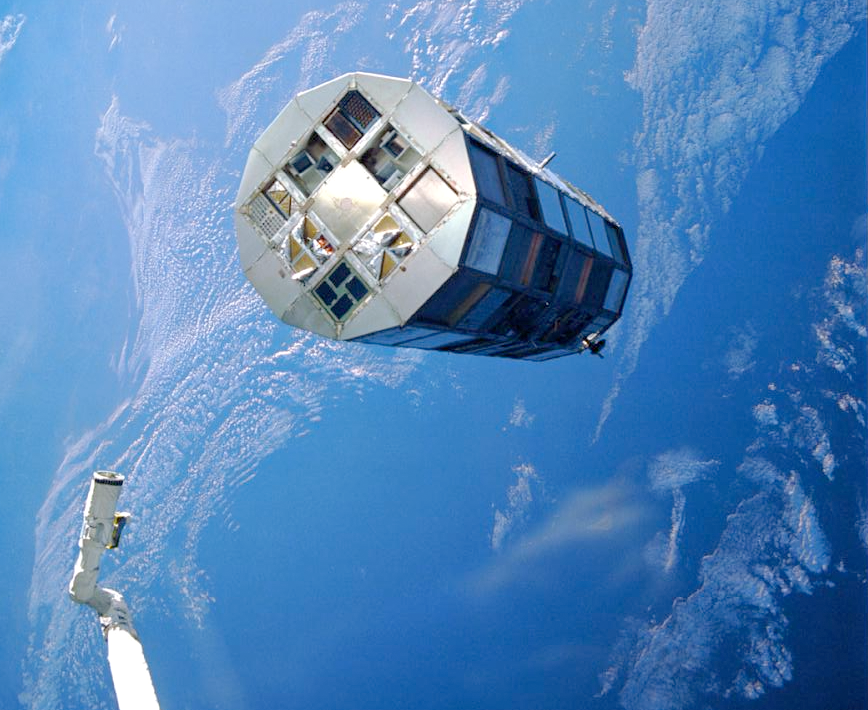 The LDEF was the Long Duration Exposure Facility (which I actually remember being released by the Shuttle in 1985) is essentially a drum of science experiments that was just to expose various materials and surfaces to the hostile environment of space. Couldn’t resist posting on this post from thenonist.com that displays a bunch of the individual panels of this thing as artwork.
The LDEF was the Long Duration Exposure Facility (which I actually remember being released by the Shuttle in 1985) is essentially a drum of science experiments that was just to expose various materials and surfaces to the hostile environment of space. Couldn’t resist posting on this post from thenonist.com that displays a bunch of the individual panels of this thing as artwork.
Intelligent Life in 20
 The image above shows what New Horizons looks like to the new Allen Telescope Array which has just come online this fall. The array is currently a collection of 42 antennas which will grow to around 350 over time and it will begin to scan the sky for signs of intelligent life like the one shown above. According to Seth Shostak of SETI, if you draw out some well respected formulas to their logical conclusions… you should be looking at mankind discovering evidence of intelligent life somewhere inside of 20 years from now.
The image above shows what New Horizons looks like to the new Allen Telescope Array which has just come online this fall. The array is currently a collection of 42 antennas which will grow to around 350 over time and it will begin to scan the sky for signs of intelligent life like the one shown above. According to Seth Shostak of SETI, if you draw out some well respected formulas to their logical conclusions… you should be looking at mankind discovering evidence of intelligent life somewhere inside of 20 years from now.
See the full article at Universe Today.
Phoenix’s Probable Last Surface Image
 On the Phoenix Mission’s 152nd Sol (a Martian day) the lander has fallen silent and mission engineers have been unable to communicate with it for over a week. This was expected as the Martian sunlight is less and less as the season changes. The sun is simply not providing enough energy to replenish its solar batteries. There is an outside chance that communications might resume again, but it would be a fleeting opportunity at best.
On the Phoenix Mission’s 152nd Sol (a Martian day) the lander has fallen silent and mission engineers have been unable to communicate with it for over a week. This was expected as the Martian sunlight is less and less as the season changes. The sun is simply not providing enough energy to replenish its solar batteries. There is an outside chance that communications might resume again, but it would be a fleeting opportunity at best.
In all, the mission prooved the existence of water-ice in the Martian subsurface; we saw (with our own eyes) Martian ice melting; it was the first time an atomic force microscope was used outside the bonds of Earth; the discovery that Martian soil may not be that different from the Earth’s and that growing plants in it may not be at all difficult; Phoenix found trace amounts of salt which could be nutrients for life; and finally calcium carbonate which suggests a past existence of liquid water on the surface of an anchient Mars.
And who could forget this image. Not too shabby.
Another Enceladus Pass: To Come Within 25km!
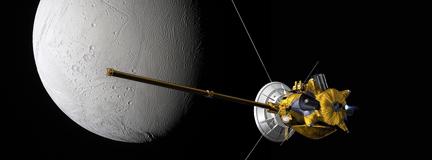 Tomorrow’s Cassini buzz of Enceladus is closer than ever not only at Enceladus, but at any other body in the Saturnian system. It is to come only 25km from the surface. It is to fly deep into the plumes, but this visit is more about smell than vision. Imagery is not expected to be as impressive as August’s pass despite the close proximity due to the spacecraft‘s instruments concentrating on particles and dust analysis and not pretty pictures.
Tomorrow’s Cassini buzz of Enceladus is closer than ever not only at Enceladus, but at any other body in the Saturnian system. It is to come only 25km from the surface. It is to fly deep into the plumes, but this visit is more about smell than vision. Imagery is not expected to be as impressive as August’s pass despite the close proximity due to the spacecraft‘s instruments concentrating on particles and dust analysis and not pretty pictures.
Mercury As You Have Never Seen It
 “most of the terrain east of Kuiper, toward the limb (edge) of the planet, the departing images are the first spacecraft views of that portion of Mercury’s surface. A striking characteristic of this newly imaged area is the large pattern of rays that extend from the northern region of Mercury to regions south of Kuiper.”
“most of the terrain east of Kuiper, toward the limb (edge) of the planet, the departing images are the first spacecraft views of that portion of Mercury’s surface. A striking characteristic of this newly imaged area is the large pattern of rays that extend from the northern region of Mercury to regions south of Kuiper.”
From the Official Messenger site.
Mimas in Ring Shadow
Wanderingspace’s Comet Halley #1
The Planetary Blog today posted an animation of Comet Halley captured by Vega 1 in 1986. The low quality of the Vega images reminded me of how low quality all the mission images to Halley were for their historic encounters. There was one image I found of Halley taken by Giotto that seemed to me to be the best I had ever seen in terms of detail and captured much of the coma that envelopes the nucleus as well. Here is that original image which was found at www.astro.lu.se.
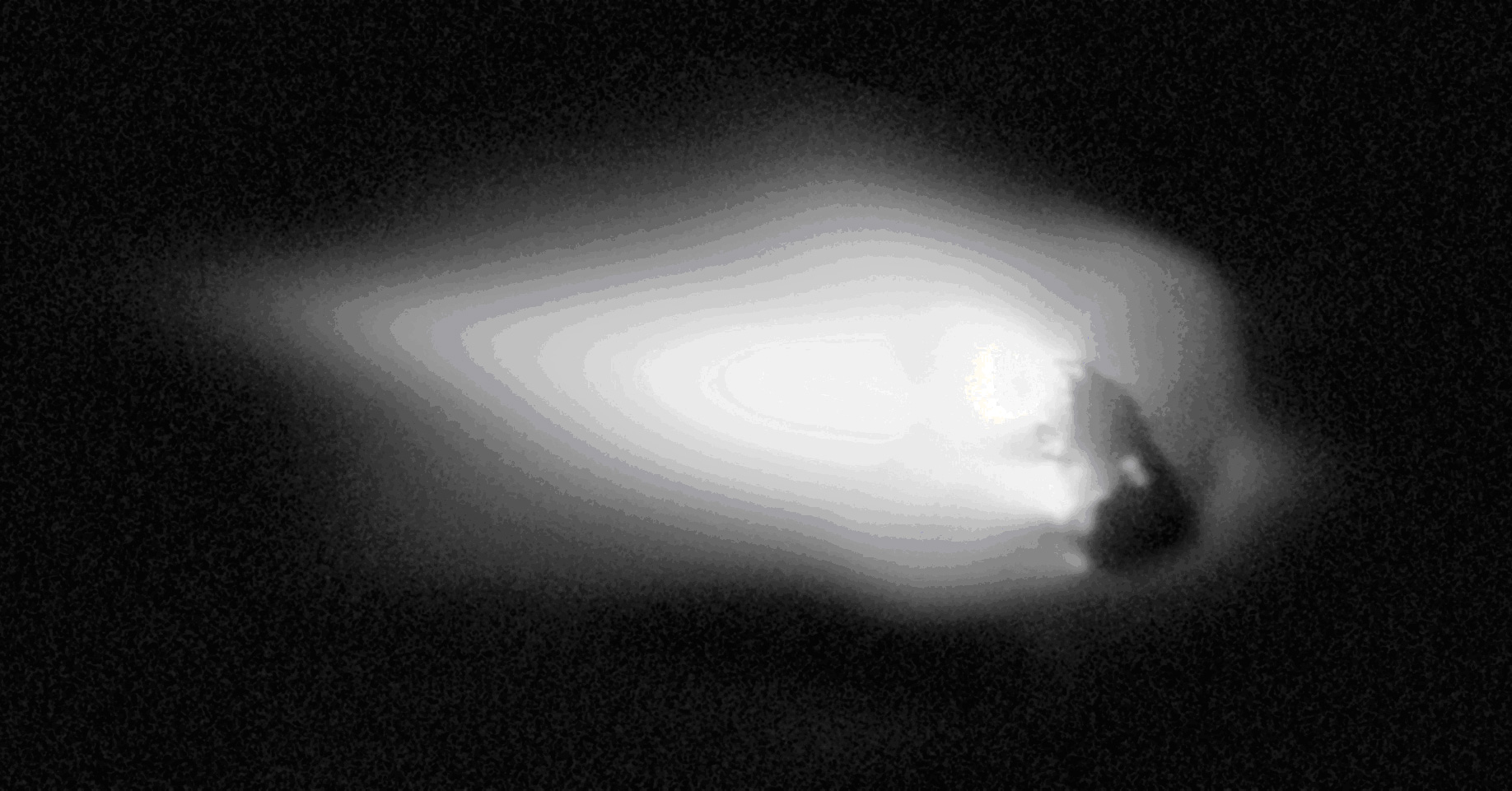
The odd thing about it is the rarity of its use anywhere and the site that provided it gives no other detail about it other than “Nucleus of Comet Halley. Giotto fly-by 1986”. So out of curiosity, I decided to do a google image search for “Comet Halley” and turns out that the wallpaper image created by wanderingspace that features this image comes up first!
In the interest of full disclosure, I thought I would post the original to show how it was beautified. Most of the work was really cleaning up the noise and removing artifacts. Much of that noise was in the form of posterization and happens in the coma. So that noise was largely blurred out since the coma would pretty much just be a large blur of white at any rate, but the rate of gradation was still maintained for some level of legitimacy. Color was added to the image last, but that is entirely artistic. That and the upper left corner of the coma which was extended to fill the frame are the only fictional parts of the image.
All in all… it seems to me that when you remove the artifacts, you pretty much have the final image which was used for the wallpaper image. Less manipulation and more “clean-up” which is what I try to do with all images here when needed.
Asteroid Steins Flyby
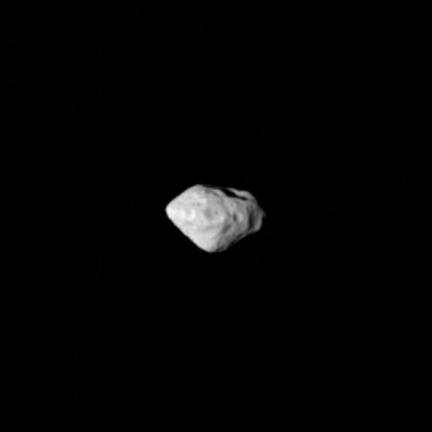 Asteroid Steins seen from a distance of around 800 km by Rosetta. This tiny asteroid is only around 5 km at it’s largest dimension with a crater on the top right that is approximately 1.5-km in size. That is a large impact for such a tiny body, but we have seen small bodies survive such large impacts before (Phobos, moon of Mars for instance). It seems like a pretty typical asteroid thus far and joins the growing family of such bodies visited by we humans. As a matter of fact, if I didn’t know where this came from — I would have assumed it was just another tiny moonlet imaged by Cassini in orbit around Saturn.
Asteroid Steins seen from a distance of around 800 km by Rosetta. This tiny asteroid is only around 5 km at it’s largest dimension with a crater on the top right that is approximately 1.5-km in size. That is a large impact for such a tiny body, but we have seen small bodies survive such large impacts before (Phobos, moon of Mars for instance). It seems like a pretty typical asteroid thus far and joins the growing family of such bodies visited by we humans. As a matter of fact, if I didn’t know where this came from — I would have assumed it was just another tiny moonlet imaged by Cassini in orbit around Saturn.
See the flyby animation on the official ESA Rosetta site. For those keeping score… the next major encounter in our Solar System is in just about a month with another Messenger visit to Mercury.
Rosetta’s Asteroid Flyby Today
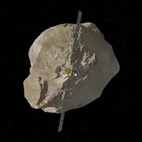 Steins, a rare E-type asteroid, is going to have company tomorrow as Rosetta swings by on its long voyage to Comet 67P/Churyumov-Gerasimenko scheduled to occur in 2014. See a quick computer simulation of tomorrow’s encounter here.
The encounter is to take place on Sept 5 with data and images to be communicated back to Earth that evening. Processing of that information is to take place on the 6th along with a press conference. Chances are, images and other information will not become public until that conference is underway as ESA still likes to roll things out the old fashioned way.
Steins, a rare E-type asteroid, is going to have company tomorrow as Rosetta swings by on its long voyage to Comet 67P/Churyumov-Gerasimenko scheduled to occur in 2014. See a quick computer simulation of tomorrow’s encounter here.
The encounter is to take place on Sept 5 with data and images to be communicated back to Earth that evening. Processing of that information is to take place on the 6th along with a press conference. Chances are, images and other information will not become public until that conference is underway as ESA still likes to roll things out the old fashioned way.

